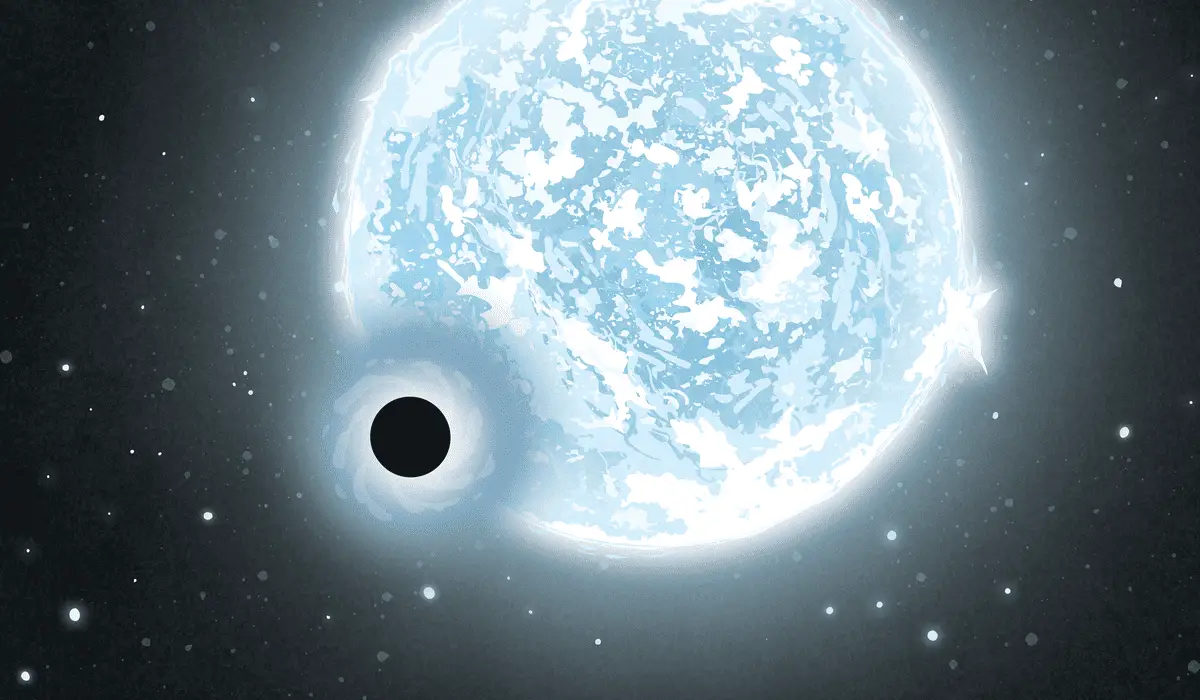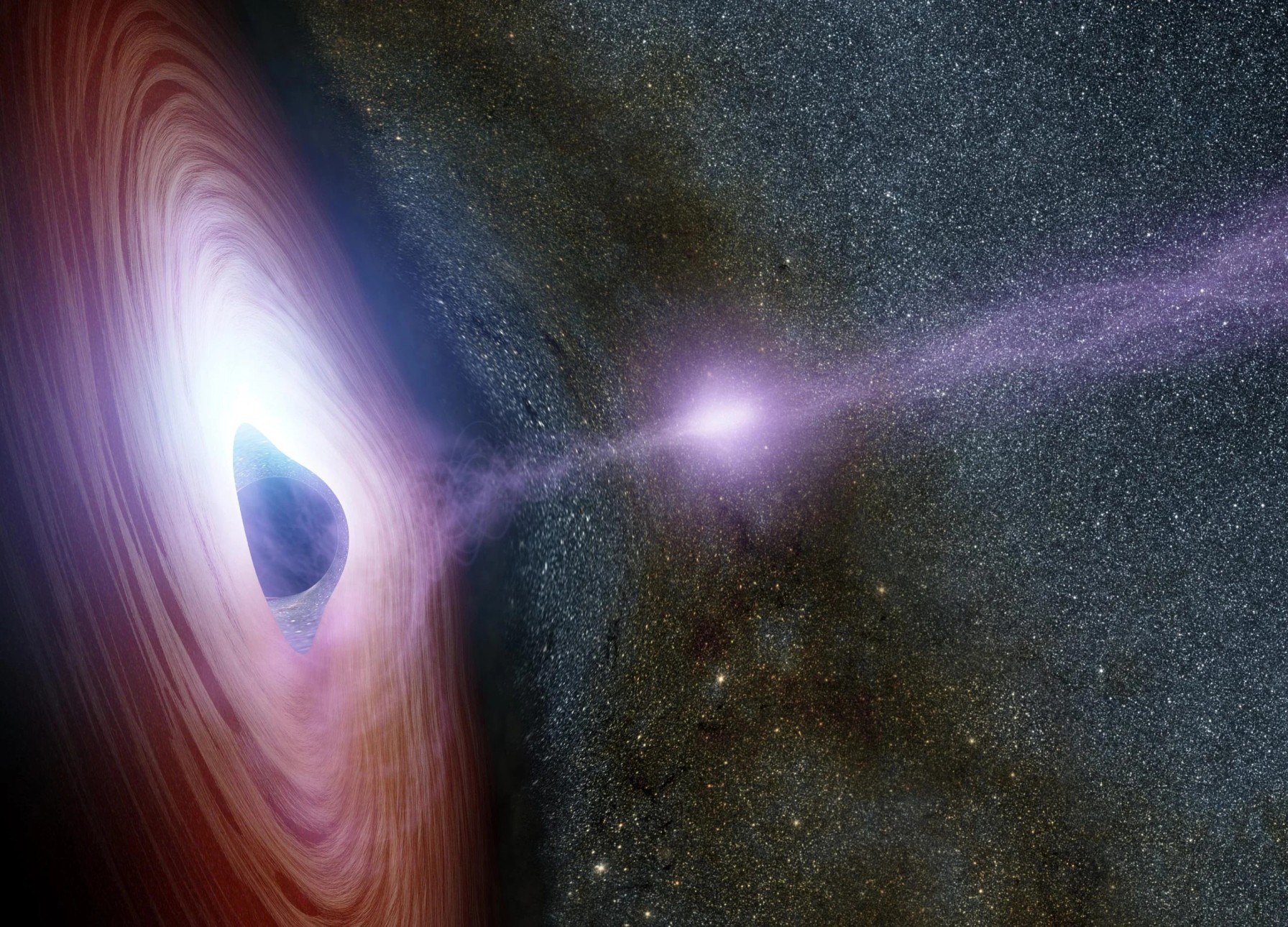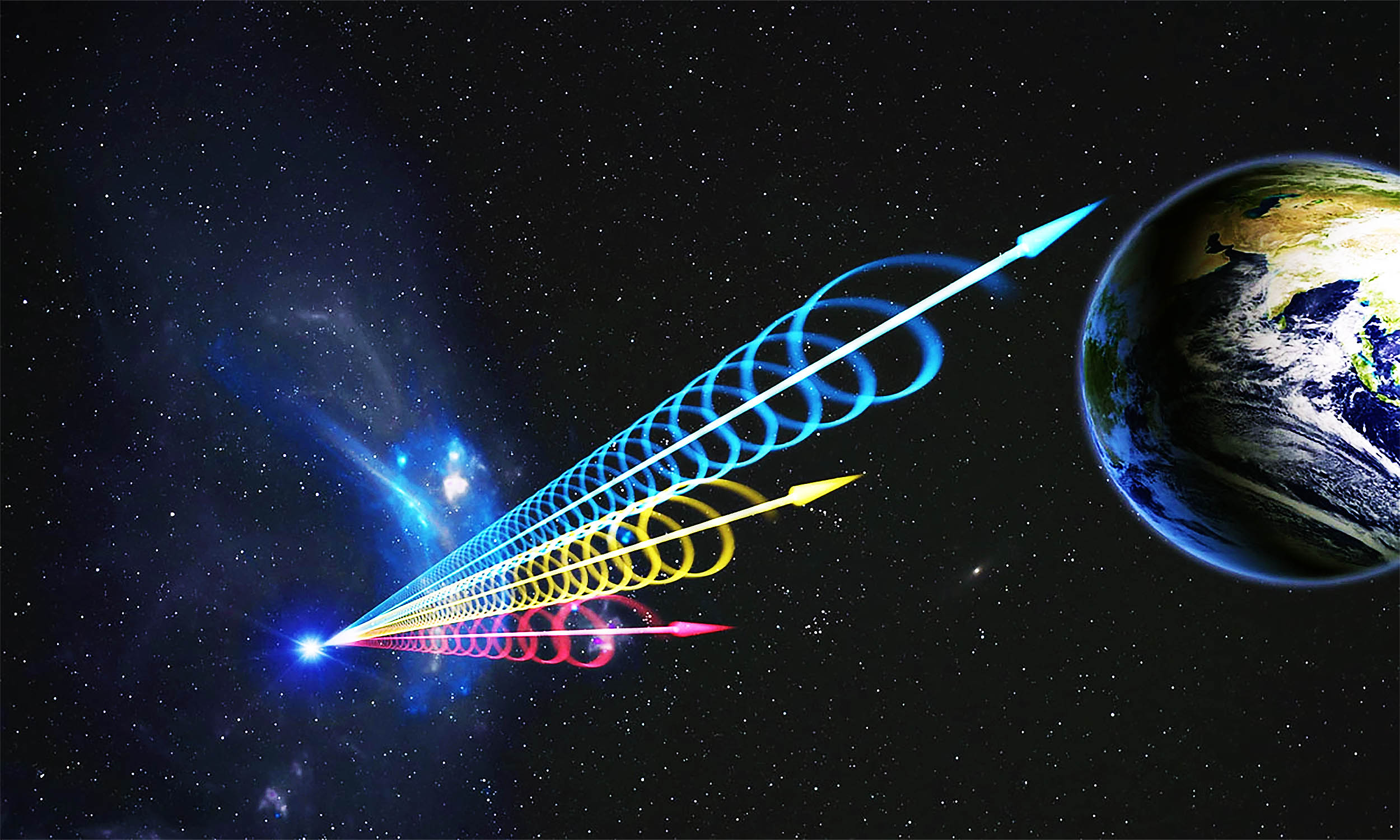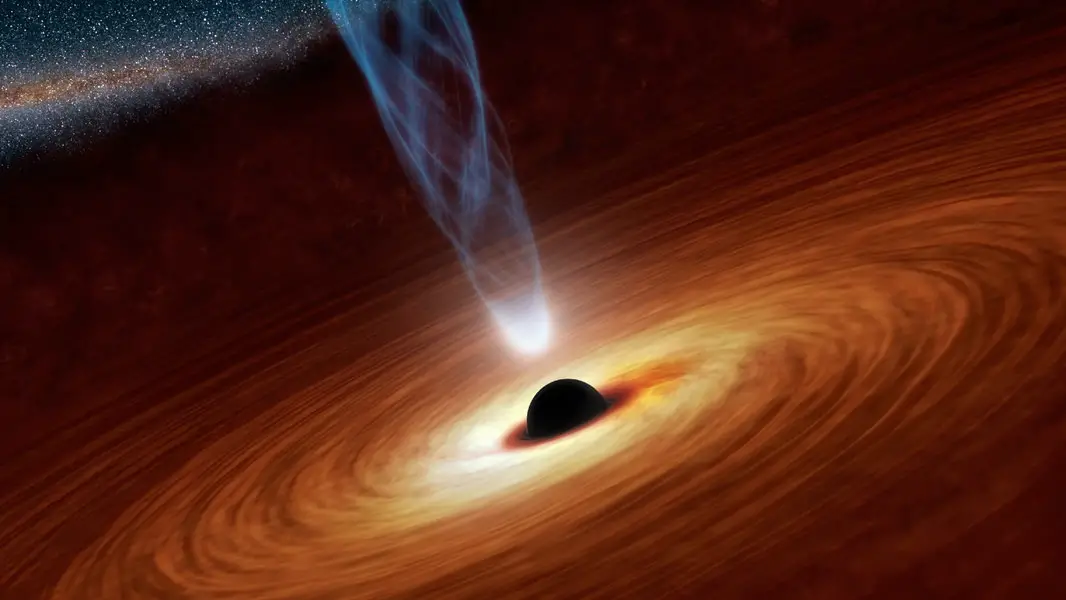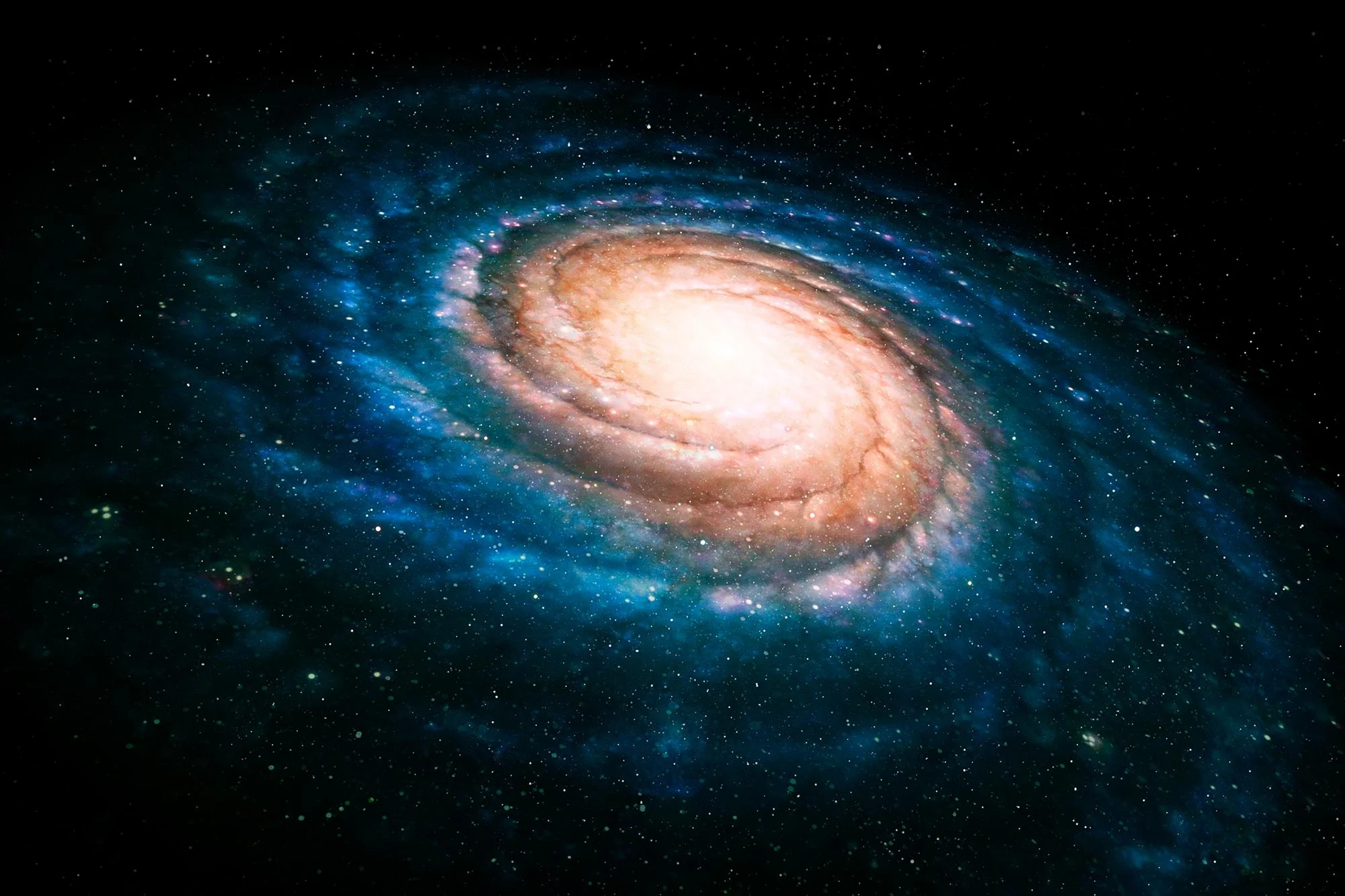VFTS 243’s black hole formed without a supernova explosion, challenging traditional black hole formation views.
Key Takeaways
- The “black hole police” team has found a dormant stellar-mass black hole outside the Milky Way.
- This discovery in the Large Magellanic Cloud is the first unambiguous detection of its kind.
- The black hole, nine times the Sun’s mass, orbits a massive blue star.
- Six years of data from ESO’s Very Large Telescope enabled the groundbreaking find.
- The study supports the idea of “direct-collapse” black hole formation without a supernova explosion.
__________
A Unique Find in the Large Magellanic Cloud
A team of international astronomers, known for debunking black hole claims, has identified a dormant stellar-mass black hole in the Large Magellanic Cloud, a neighboring galaxy of the Milky Way. The discovery, led by Tomer Shenar of Amsterdam University and published in Nature Astronomy, is the first unambiguous detection of such a black hole outside our galaxy.
Nicknamed the “black hole police,” the team includes Kareem El-Badry of the Center for Astrophysics | Harvard & Smithsonian, who has a reputation for rejecting dubious black hole discoveries. “For the first time, our team got together to report on a black hole discovery, instead of rejecting one,” Shenar said.
Named VFTS 243, this black hole weighs at least nine times the Sun’s mass and orbits a 25-solar-mass hot blue star. It is classified as “dormant” because it emits little X-ray radiation, making it exceptionally difficult to detect. To identify it, researchers examined nearly 1,000 massive stars in the Tarantula Nebula region using six years of observations from the European Southern Observatory’s (ESO) Very Large Telescope (VLT).
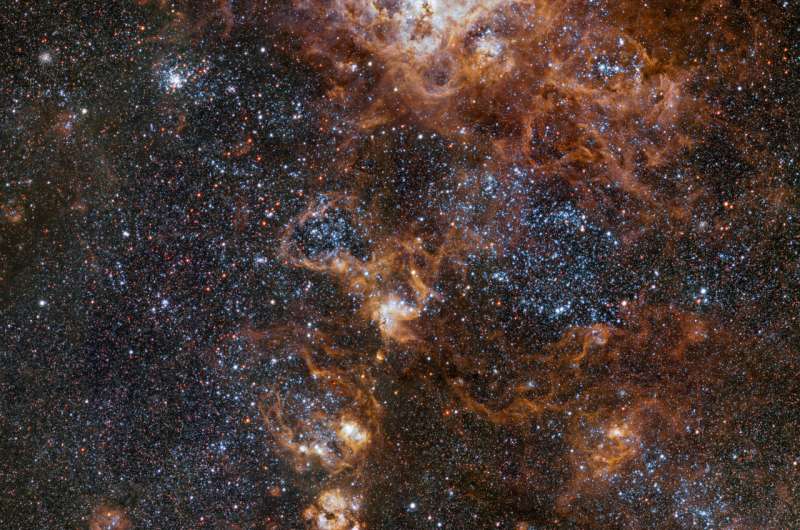
Insights into Black Hole Formation
VFTS 243 offers critical insights into black hole formation. Stellar-mass black holes typically form when a massive star collapses under its gravity. However, the star that formed VFTS 243 appears to have undergone “direct collapse” without a supernova explosion. This supports emerging evidence for alternative black hole formation scenarios and has profound implications for understanding black hole mergers across the universe.
Co-author Pablo Marchant of KU Leuven noted how surprising it is to find so few dormant black holes, given how common they are believed to be. Dormant black holes, like VFTS 243, remain elusive due to their lack of significant interaction with their environment. The discovery was confirmed after eliminating other explanations, marking a significant success for the “black hole destroyer” El-Badry, who called it an exciting project.
The VLT’s FLAMES instrument, capable of observing over 100 objects simultaneously, played a crucial role in the study, significantly improving efficiency. Shenar emphasized the importance of the findings, calling VFTS 243 the most convincing dormant black hole candidate to date.
The team encourages further scrutiny of their work and hopes this breakthrough will lead to the discovery of more stellar-mass black holes in binary systems. Thousands of such systems are predicted to exist in the Milky Way and the Magellanic Clouds. “I expect others to pore over our analysis carefully,” El-Badry said, adding that this discovery is just the beginning of an exciting journey in understanding dormant black holes.
